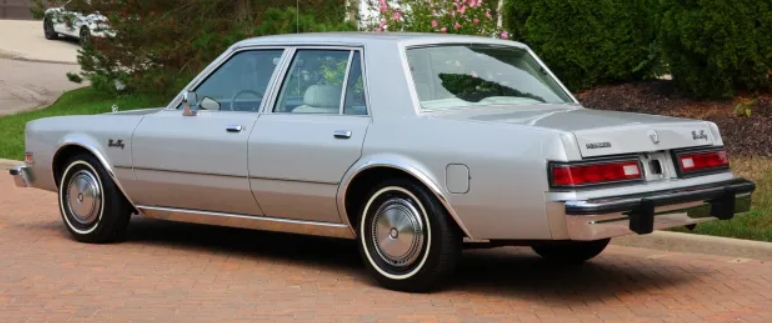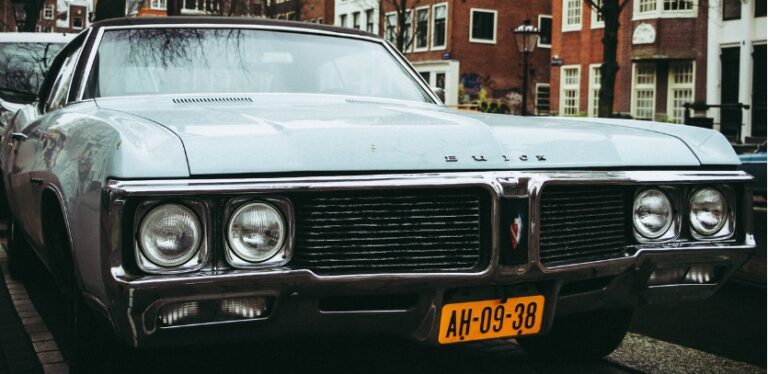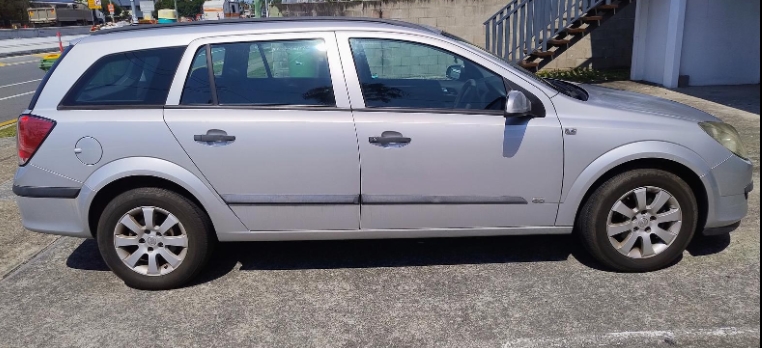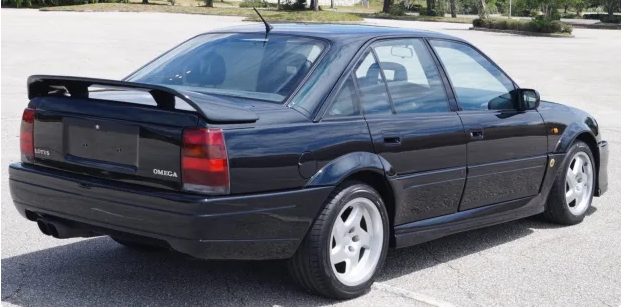The Evolution of the Plymouth Gran Fury
The Plymouth Gran Fury holds a notable place in automotive history as a quintessential representation of American full-size cars during the late 20th century. Its design and engineering have evolved dramatically over the years, reflecting the shifting tastes and requirements of consumers. This article explores the evolution of the Plymouth Gran Fury, detailing its production timeline, model variations, trim levels, and the cultural impact it left behind.
Early Years – 1971 to 1974
The Plymouth Gran Fury was first introduced in 1971 as a full-size car aimed to capture the market segment that believed bigger was better. Initially, it was positioned as Plymouth’s top-of-the-line model, intended to replace the Fury III and to rival the likes of Chevrolet’s Impala and Ford’s LTD.
1971-1974 Models
- 1971 Gran Fury: The original model showcased an aggressive and bold design, featuring a long hood and a robust front grille. It offered a range of engine options, including a base 318 cubic inch (5.2L) V8 and an optional 383 cubic inch (6.3L) V8, emphasizing power and performance. The 1971 version also introduced the “Gran” name, reflecting a more upscale trim with better interior features.
- 1972-1974 Gran Fury: Subsequent years saw minimal changes, largely due to the rising insurance costs and the ensuing oil crisis that began in the early 1970s. The Gran Fury adapted by emphasizing more practical features, including improved fuel efficiency systems. Engine options continued to range from the base 318 to the more powerful 400 cubic inch (6.6L) V8. Additionally, the Gran Fury received various exterior styling changes that shifted towards a more subdued appearance.
Transition and Transformation – 1975 to 1978
As the automotive industry began to respond to the oil crisis, the full-size car segment witnessed a decline in consumer demand for larger vehicles. Nevertheless, Plymouth continued to adapt the Gran Fury.
1975-1978 Models
- 1975 Gran Fury: This model year marked a considerable redesign. The car was significantly larger, with a wheelbase of 116 inches, which added to the overall length. The 1975 Gran Fury was equipped with the 360 cubic inch (5.9L) V8 as the top engine option, catering to consumers who still desired power despite the changing landscape.
- 1976-1978 Gran Fury: These models became increasingly fuel-efficient, aligning with regulatory changes and consumer preferences. They offered more luxurious features, including improved sound insulation and plush seating options. The Gran Fury also saw a variety of trim options, including “Gran Fury Sport,” featuring a more performance-oriented appearance package.
The Late 1970s and Early 1980s – 1979 to 1989
Moving into the late 1970s and early 1980s, the Gran Fury underwent a transitional period with a new design philosophy and a shift towards diacritically sporty elements.
1979-1989 Models
- 1979 Gran Fury: This iteration was built on the Chrysler B platform, featuring a more aerodynamic shape and a modernized interior. Engine options included both the 318 and a newly introduced 360 V8. Despite being bigger and heavier than its predecessors, the new design helped maintain respectable performance.
- 1980-1989 Gran Fury: Throughout the 1980s, the Gran Fury increasingly became a staple of law enforcement, often used by police forces across the United States due to its spacious interior and robust performance. In this decade, trim levels included the base model and the more feature-rich Gran Fury “Police Package.” The latter offered a more powerful version of the 318 engine and tweaks to the suspension and braking systems, making it ideal for patrol duties.
.
THIS is GOOD stuff if your car is in need:

.
Final Years and Discontinuation – 1990 to 1991
The final years of the Plymouth Gran Fury were marked by a combination of legacy and change. As consumer preferences continued to shift towards smaller, more fuel-efficient automobiles, the full-size Gran Fury was increasingly viewed as outdated.
1990-1991 Models
- 1990 Gran Fury: This year saw the Gran Fury being offered with minimal updates as it was gradually phased out. By the late 1980s, most full-size cars were experiencing sluggish sales, and the Gran Fury began to reflect this trend. Engine options remained similar, but by this model year, buyers had increasingly turned to compact and mid-sized sedans.
- 1991 Gran Fury: The last model year featured slight refinements and new colors. The Gran Fury was officially discontinued at the end of 1991, marking the end of an era for Plymouth as well as the waning days of full-size vehicle production in America.
Legacy of the Plymouth Gran Fury
The Plymouth Gran Fury was a mirror reflecting the cultural and automotive transformations occurring in the United States during its production years. It transitioned from a powerful, full-size vehicle that represented the best of mid-century American engineering to an economical option in an era characterized by fuel efficiency and changing consumer preferences.
Model Variations and Trim Levels
Throughout its production, the Gran Fury offered a variety of models and trim levels, allowing buyers to customize based on their needs and wallet sizes. Notable trims included:
- Gran Fury/Gran Fury Sport: The base and sporty versions for those prioritizing performance and style.
- Gran Fury Police Package: Specifically designed with law enforcement in mind, this trim was pivotal in cementing the model’s legacy as a durable, reliable, and powerful vehicle.
Conclusion
The evolution of the Plymouth Gran Fury is encapsulated in the broader narrative of American automotive history, illustrating how external factors like market demands, fuel crises, and cultural shifts can redefine iconic vehicles. Despite its discontinuation, the Gran Fury remains a piece of automotive heritage, valued by collectors and enthusiasts who appreciate its role as a symbol of a bygone era of American full-size cars.







